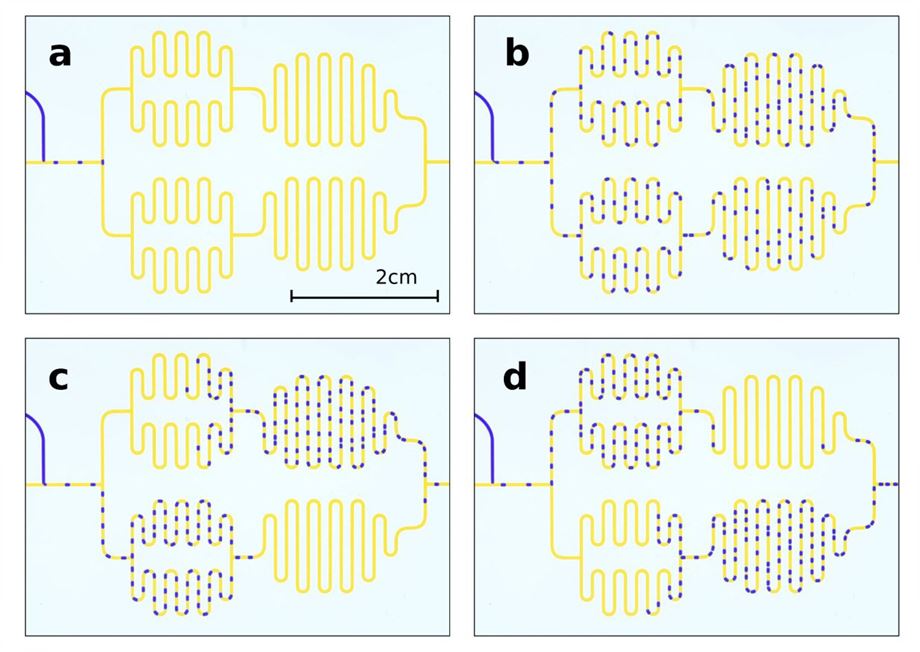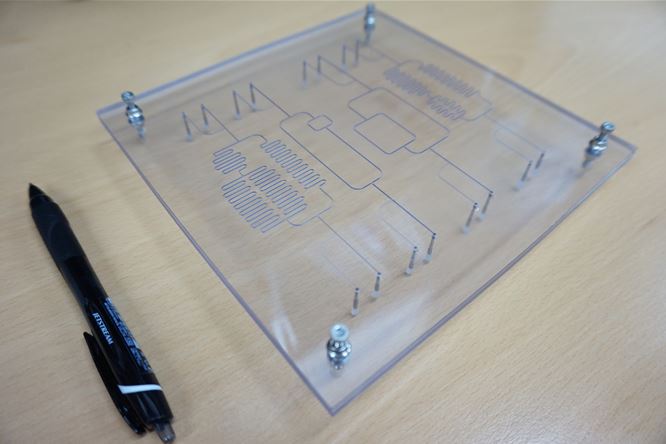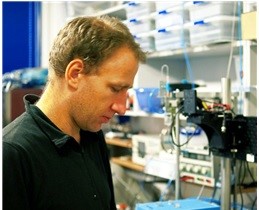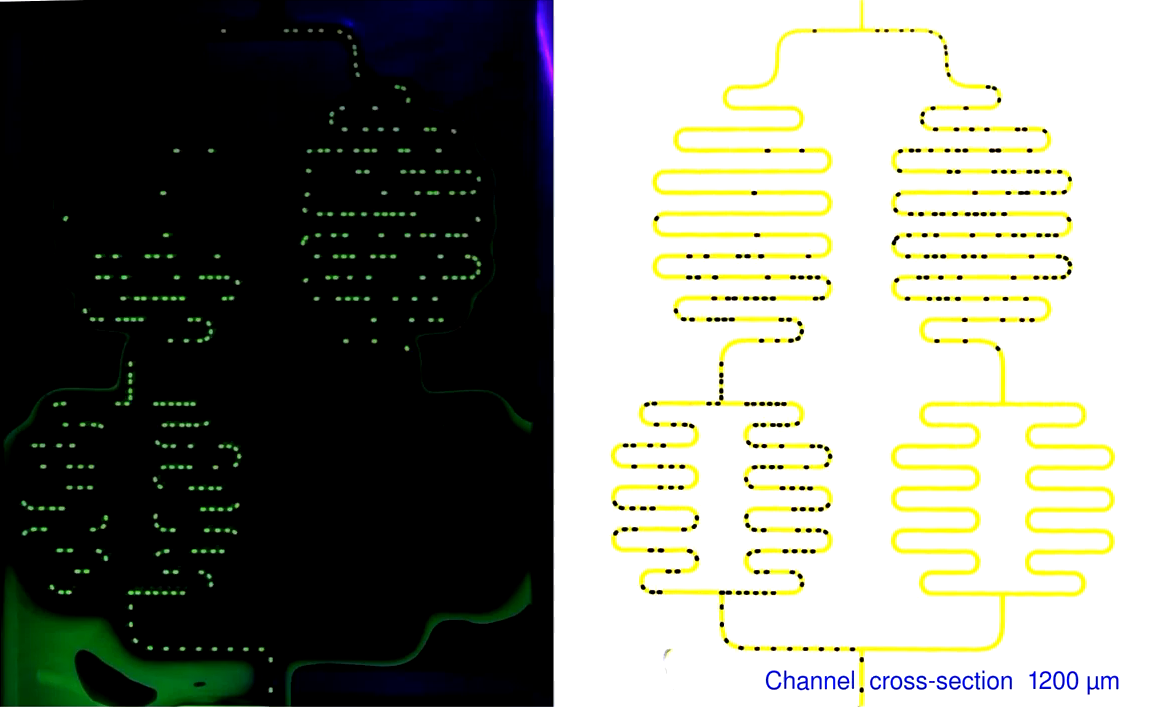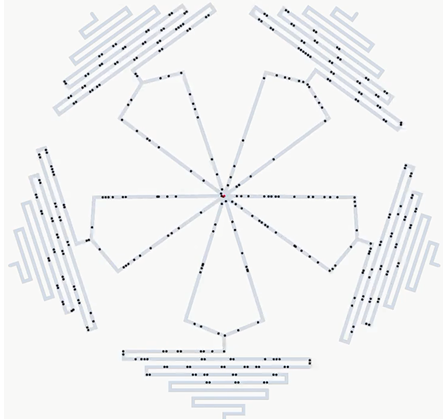주메뉴
- About IBS 연구원소개
-
Research Centers
연구단소개
- Research Outcomes
- Mathematics
- Physics
- Center for Theoretical Physics of the Universe(Particle Theory and Cosmology Group)
- Center for Theoretical Physics of the Universe(Cosmology, Gravity and Astroparticle Physics Group)
- Center for Exotic Nuclear Studies
- Dark Matter Axion Group
- Center for Artificial Low Dimensional Electronic Systems
- Center for Underground Physics
- Center for Axion and Precision Physics Research
- Center for Theoretical Physics of Complex Systems
- Center for Quantum Nanoscience
- Center for Van der Waals Quantum Solids
- Center for Relativistic Laser Science
- Chemistry
- Life Sciences
- Earth Science
- Interdisciplinary
- Center for Neuroscience Imaging Research(Neuro Technology Group)
- Center for Neuroscience Imaging Research(Cognitive and Computational Neuroscience Group)
- Center for Algorithmic and Robotized Synthesis
- Center for Genome Engineering
- Center for Nanomedicine
- Center for Biomolecular and Cellular Structure
- Center for 2D Quantum Heterostructures
- Center for Quantum Conversion Research
- Institutes
- Korea Virus Research Institute
- News Center 뉴스 센터
- Career 인재초빙
- Living in Korea IBS School-UST
- IBS School 윤리경영


주메뉴
- About IBS
-
Research Centers
- Research Outcomes
- Mathematics
- Physics
- Center for Theoretical Physics of the Universe(Particle Theory and Cosmology Group)
- Center for Theoretical Physics of the Universe(Cosmology, Gravity and Astroparticle Physics Group)
- Center for Exotic Nuclear Studies
- Dark Matter Axion Group
- Center for Artificial Low Dimensional Electronic Systems
- Center for Underground Physics
- Center for Axion and Precision Physics Research
- Center for Theoretical Physics of Complex Systems
- Center for Quantum Nanoscience
- Center for Van der Waals Quantum Solids
- Center for Relativistic Laser Science
- Chemistry
- Life Sciences
- Earth Science
- Interdisciplinary
- Center for Neuroscience Imaging Research(Neuro Technology Group)
- Center for Neuroscience Imaging Research(Cognitive and Computational Neuroscience Group)
- Center for Algorithmic and Robotized Synthesis
- Center for Genome Engineering
- Center for Nanomedicine
- Center for Biomolecular and Cellular Structure
- Center for 2D Quantum Heterostructures
- Center for Quantum Conversion Research
- Institutes
- Korea Virus Research Institute
- News Center
- Career
- Living in Korea
- IBS School
News Center
| Title | Droplet trains reveal how nature navigates blood traffic | ||
|---|---|---|---|
| Embargo date | 2019-04-23 00:00 | Hits | 1811 |
| Press release | |||
| att. | |||
Droplet trains reveal how nature navigates blood trafficScientists found alternating flocks in micro-channels and explained how the flocks can be thinned. Nearing a decision point, online traffic maps recommend a less-crowded route over the other ways with several slow spots. For most of us, the choice seems clear. Still, have you ever wondered whether this collectively preferring one path may result in a new traffic jam along the chosen road? Indeed, traffic congestions constantly change as the accumulation of drivers' preferences for the "faster path" create new cloggings. These alternating flocks in a system are called a network oscillation. From roadways to computer cable routers and blood vessels, our life is woven in networks of networks. Oscillation is a ubiquitous phenomenon of networks, which are characterized by sets of nodes and paths to choose. Scientists at the Center for Soft and Living Matter, within the Institute for Basic Science (IBS) in South Korea, in collaboration with the Polish Academy of Sciences (PAN), report that they discovered spontaneous oscillations in microfluidic droplet networks. The scientists have successfully modeled network channels similar to our blood capillaries in the simplest way containing one or two loops. They also suggest that collision between blood cells and irregularity of thickness can dampen oscillations in the biological networks. This study can help us understand the emergence and corresponding behavior of the oscillations of blood flow in the microvascular networks.
Appraised for processing samples in isolated droplets through micro-channels, microfluidics is one of the most promising fields for new scientific experiments and innovations. Despite such potential, previous microfluidic studies are limited to simple channels where such oscillation would not have been present. The IBS scientists have designed a novel experimental system to investigate droplet traffic in intricate networks. Comprising different branches with internal loops respectively, the microfluidic networks are in a symmetric shape so that each branch has an equal probability to be chosen by droplets. (Fig, 1a)
The microfluidic networks used in this study. They are in a symmetric shape so that each branch has an equal probability to be chosen by droplets.
In the experiment, droplets initially spread themselves uniformly in the network, just like long chains of train cars moving at regular intervals. (Fig, 1b) As time goes by, they slowly organize into a flock, as if being clogged on that branch while leaving the other branch clear. This flocking oscillates periodically between the two main branches (Fig. 1c-d). Dr. Olgierd Cybulski, the first and co-corresponding author of this study said, "We have proven that this oscillation is a persistent and self-sustaining phenomenon in microfluidic networks. Even when network's dimensions and topologies varied, the spontaneous oscillations were consistently found. This explains the mechanisms of the persistent oscillation in blood capillary, which was found almost a hundred year ago." Strikingly, this study presents how this persistent oscillation is tamed by nature. Large-scale oscillations in the vascular networks may cause the imbalance of blood flow, resulting in high blood pressure and deprivation of oxygen. The researchers found that adding a random variable to network with computer simulation relieves blood traffic cloggings. This suggests that irregularities of blood flow such as cell collisions or diameter varieties help us to avoid dangerous oscillations in microvascular network.
To watch the movie, click the link.
"This study reveals the mechanism of microfluidic networks, enhancing our understanding on blood capillaries," explained Bartosz Grzybowski, a group leader of the IBS center and co-corresponding author of the study. "Learning from nature, man-made microfluidic system will provide a new platform to split and merge droplets in the future, using network oscillations," he adds.
To watch the movie, click the link. Dahee Carol Kim Notes for editors - References - Media Contact - About the Institute for Basic Science (IBS) |
|||
|
|
|||
| Next | |
|---|---|
| before |
- Content Manager
- Communications Team : Kwon Ye Seul 042-878-8237
- Last Update 2023-11-28 14:20










